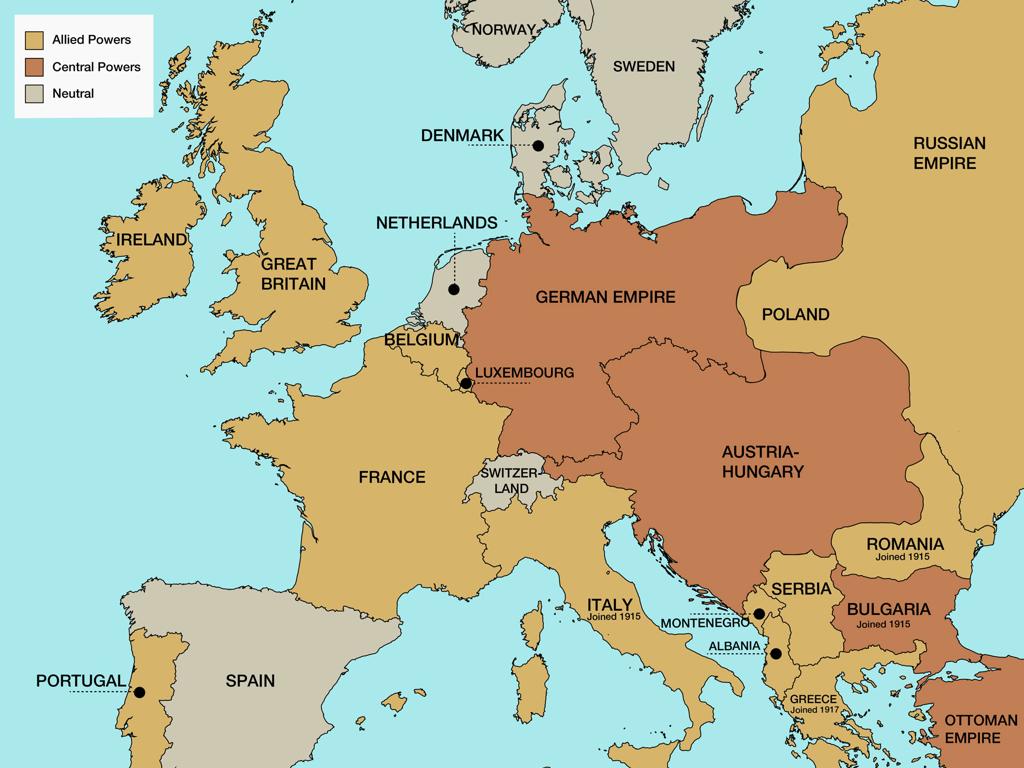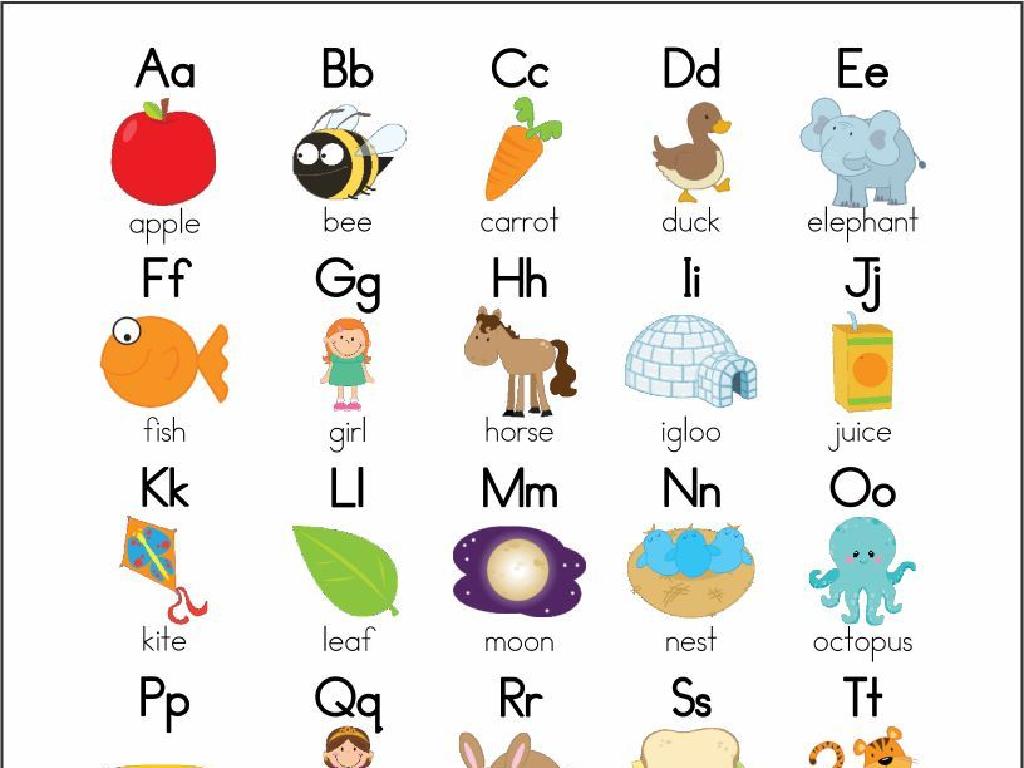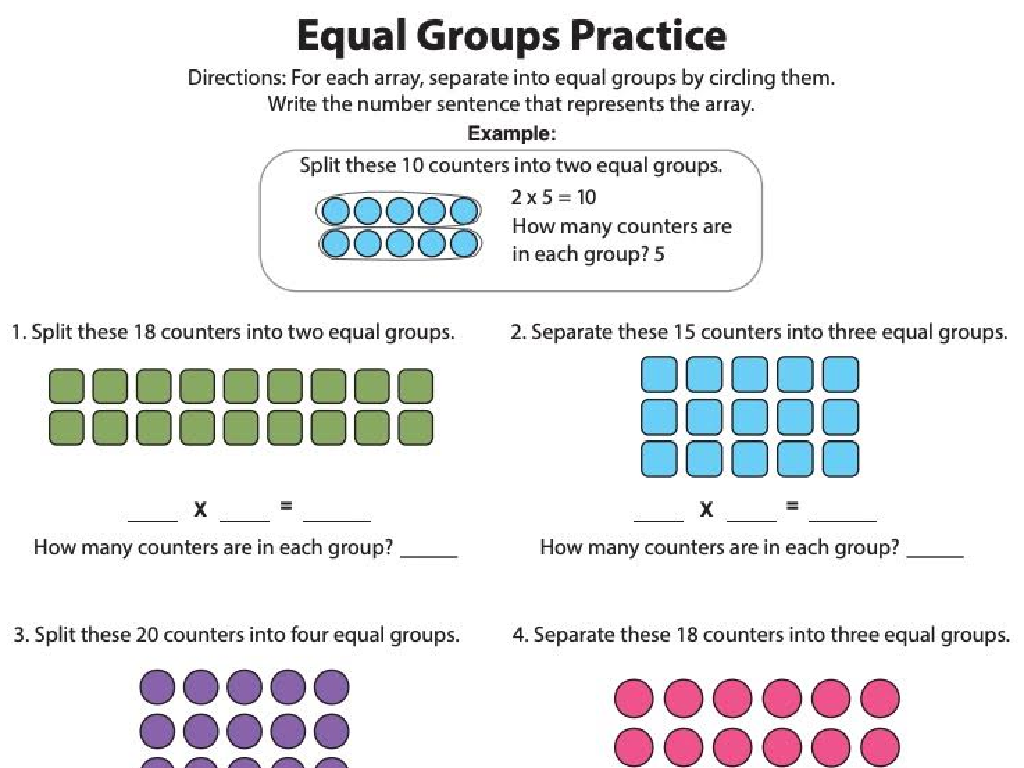Identify Whether Objects Are Accelerating
Subject: Science
Grade: Seventh grade
Topic: Velocity, Acceleration, And Forces
Please LOG IN to download the presentation. Access is available to registered users only.
View More Content
Understanding Motion: Acceleration
– Motion and its types
– Acceleration defined
– Change in velocity over time
– Recognizing acceleration
– Objects speed up, slow down, or change direction
– Forces causing acceleration
– Gravity, friction, and applied force
|
This slide introduces the concept of motion, specifically focusing on acceleration within the broader topics of velocity and forces. Begin by discussing the different types of motion and then define acceleration as a change in an object’s velocity over time. Explain that acceleration occurs when objects speed up, slow down, or change direction, and it’s not just about increasing speed. Highlight that various forces, such as gravity, friction, and applied forces, can cause acceleration. Use examples like a car speeding up or a ball rolling down a hill to illustrate these points. Encourage students to think of everyday occurrences where they can observe acceleration.
Understanding Velocity
– Define velocity
– Velocity: speed in a specific direction, like 60 mph north
– Speed vs. Velocity
– Speed is scalar, velocity is vector. Speed: how fast; Velocity: how fast & where
– Everyday examples of velocity
– Driving a car, flying a plane, or even walking
– How to measure velocity
– Use speed and direction to calculate, e.g., 10 m/s towards east
|
This slide introduces the concept of velocity, which is a fundamental aspect of understanding motion in physics. Velocity is not just how fast an object is moving; it’s also the direction in which it’s moving. This distinguishes it from speed, which is only concerned with how fast an object is moving. Use relatable examples like driving a car or flying a plane to illustrate the concept of velocity. Encourage students to think about how they can measure velocity in their everyday lives, such as by using a speedometer in a car, which shows speed, and combining that with the known direction of travel.
Understanding Acceleration
– What is Acceleration?
– Acceleration is the rate at which velocity changes over time.
– Signs of Acceleration
– An object is accelerating if it’s speeding up, slowing down, or changing direction.
– Acceleration as Velocity Change
– It’s not just about speed; any change in velocity, even in direction, means acceleration.
– Calculating Acceleration
– Use the formula: acceleration = (final velocity – initial velocity) / time.
|
This slide introduces the concept of acceleration as a fundamental part of understanding motion in physics. Acceleration is not only about how fast an object is moving but also how its speed or direction changes. Students should learn that acceleration occurs when there is a change in velocity, which includes speeding up, slowing down, or changing direction. Emphasize that velocity is a vector, meaning it has both magnitude and direction. Provide examples such as a car slowing down (deceleration) or a ball being thrown upwards (changing direction and speed). Teach them the basic formula for calculating acceleration and prepare simple problems for them to solve, reinforcing the concept.
Calculating Acceleration
– Acceleration formula: a = (vf – vi) / t
– Define vf, vi, and t
– vf: velocity at the end, vi: velocity at the start, t: time taken
– Solve a sample problem
– Example: If a car speeds up from 0 to 60 mph in 5 seconds, what’s its acceleration?
– Understand acceleration’s role
– Acceleration tells us how quickly an object’s velocity changes
|
This slide introduces the concept of acceleration and how to calculate it using the standard formula. Acceleration is the rate at which an object’s velocity changes over time. Students should understand that vf represents the final velocity, vi is the initial velocity, and t is the time over which the change occurs. Work through a simple problem, such as a car accelerating from a stop to a certain speed, to illustrate how to apply the formula. Emphasize that acceleration is not just about speeding up; it can also involve slowing down (deceleration). Encourage students to think of real-life examples where they experience acceleration.
Forces and Motion: Acceleration
– Forces impact on motion
– A push or pull can start, stop, or change an object’s motion
– Force vs. Acceleration link
– Greater force equals more acceleration, if mass is constant
– Newton’s Second Law
– Force equals mass times acceleration (F=ma)
– Calculating acceleration
|
This slide introduces the concept of how forces affect motion, setting the stage for understanding acceleration in the context of Newton’s Second Law of Motion. Begin by explaining that forces are pushes or pulls that can cause an object to start moving, stop, or change direction. Then, discuss the direct relationship between force and acceleration, emphasizing that a larger force will cause a greater acceleration if the mass of the object remains the same. Introduce Newton’s Second Law of Motion, providing the formula F=ma, and explain how to rearrange the formula to solve for acceleration. This will help students to understand how to calculate the acceleration of an object when given the force applied and the mass of the object. Use examples like pushing a shopping cart or a car accelerating to illustrate these concepts.
Acceleration in Daily Life
– Recognize daily acceleration
– Cars, balls, and elevators
– Cars speed up or slow down, balls thrown go up then down, elevators start or stop moving
– Discuss examples of acceleration
– How do these examples illustrate change in speed or direction?
– Understanding acceleration’s impact
– Grasping how acceleration affects motion in our everyday experiences
|
This slide aims to help students identify and understand acceleration through relatable real-life examples. Acceleration is not just about speeding up; it’s any change in velocity, which includes speeding up, slowing down, or changing direction. A car accelerating when the light turns green, a ball reaching the peak of its throw and beginning to fall, or an elevator beginning its ascent are all practical demonstrations of acceleration. Encourage students to think about the feeling of being pushed back into their seat when a car starts or the tug they feel when an elevator begins to move. These sensations are the result of acceleration acting on their bodies. The discussion should help solidify the concept that acceleration is all around us and is a fundamental part of how objects move.
Group Activity: Acceleration Hunt
– Find objects accelerating around you
– Discuss the causes of acceleration
– Consider forces like pushing, gravity
– Present your group’s findings
– Reflect on the activity
– Think about what you learned
|
This group activity is designed to help students observe and understand acceleration in a practical context. Divide the class into small groups and instruct them to look for objects that are speeding up, slowing down, or changing direction, which indicates acceleration. They should consider everyday forces that cause acceleration, such as gravity, friction, or a push or pull. After the hunt, each group will discuss their observations and present to the class, explaining the reasons behind the acceleration of each object. Encourage students to engage with the activity by asking questions and reflecting on how acceleration is a part of their daily lives. Possible activities could include observing a ball rolling down a ramp, a person starting to run, or leaves falling from a tree.
Class Experiment: Measure Acceleration
– Observe a rolling ball’s acceleration
– Learn the experiment setup
– We’ll use a ramp, a ball, a timer, and a ruler for this experiment
– Record ball’s speed changes
– Note the time it takes for the ball to pass set distances
– Calculate the acceleration
– Use the formula acceleration = (final velocity – initial velocity) / time
|
In this hands-on experiment, students will measure the acceleration of a rolling ball to understand the concept of acceleration in a practical context. The setup includes a ramp to let the ball roll down, a timer to measure how long it takes for the ball to travel, and a ruler to measure set distances. Students will record the time at different points to observe the changes in speed. They will then use the collected data to calculate the ball’s acceleration, applying the formula for acceleration. This activity will help students grasp the relationship between velocity, time, and acceleration. Provide guidance on how to accurately measure and record the data, and ensure safety precautions are followed during the experiment.
Wrapping Up: Velocity, Acceleration, & Forces
– Recap: Velocity vs. Acceleration
– Velocity is speed with direction, while acceleration is the change in velocity.
– Forces: The push or pull behind acceleration
– Forces cause objects to accelerate, slow down, or change direction.
– Understanding acceleration in everyday life
– Examples: Speeding up a bike, a car slowing down, a ball thrown upwards.
– Open floor for questions and answers
|
As we conclude today’s lesson, we’ll review the key concepts of velocity and acceleration, emphasizing the role of forces. It’s crucial for students to differentiate between velocity, which is a constant speed in a specific direction, and acceleration, which involves any change in velocity. Use everyday examples to illustrate how forces result in acceleration, such as pedaling a bike to go faster or braking a car to slow down. Encourage students to ask questions to clarify their understanding, and be prepared to revisit any topic that seems to have caused confusion. This interactive Q&A session will help solidify their grasp of the subject matter.
Homework: Observing Acceleration in Daily Life
– Find daily life acceleration examples
– Describe each example of acceleration
– Note the starting and ending speeds, and how quickly the change happens
– Calculate acceleration with a formula
– Use the formula a = (final velocity – initial velocity) / time
– Get ready to discuss in class
|
This homework assignment is designed to help students recognize and understand acceleration in real-world contexts. They should look for two instances where an object speeds up, slows down, or changes direction. Students must describe what they observe and then apply the acceleration formula to calculate the rate of change in velocity for one of their examples. Remind them to consider the direction of the acceleration as well. In the next class, students will share their examples and calculations, fostering a discussion that will reinforce their understanding of acceleration.




